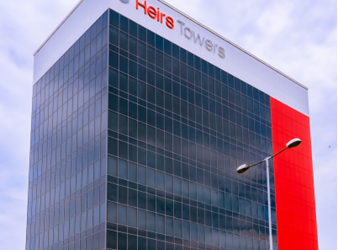An aggregation of similar inflationary factors to those seen in 2001 means the reinsurance market may see a multi-year hard market, according to analysts at Jefferies.
Jefferies analyst team believes that insurance and reinsurance companies are facing asset, liability and earnings related issues, which together could conspire to drive rates higher across a number of years.
“With 2021 reinsurance renewals approaching, we expect prices to rise materially,” the analysts explained.
Adding that, “As conditions in 2020 are reminiscent of 2001, multi-year rises may be possible.”
Back in 2000 to 2001, the global reinsurance market saw: asset side issues as high exposure to equities made re/insurers vulnerable to the fallout of the dot com bubble; liability side issues as many players found material reserve strengthening was necessary; and earnings issues as events including 9/11, the Air Lanka war loss, the Hughes satellites, Petrobras rigs, Toulouse refinery explosion and Enron, all ate into returns on equity (RoE).
Facors affecting the market in 2020 include: on the asset side the low interest rate environment and equity volatility; on the liability side reinsurers are again finding the need to materially strengthen reserves due to issues such as the opioid crisis, chemical poisoning cases, and social inflation; while reinsurance sector earnings have been depressed for “an almost unprecedented four consecutive years,” due to natural catastrophe impacts, unusually high man-made losses and the effects of the Covid-19 pandemic.
Investment yields in particular are seen as particularly influential of pricing, with reinsurers forecasting that further declines will need them to make more off the underwriting sides of their reinsurance businesses.
“In our view, reinsurance in 2020 is reminiscent of 2000-2001, with an aggregation of inflationary factors, making a similar multi-year hard market a possibility,” the analysts said.
All of which stacks up to a traditional side of the market that needs more rate and so should be more disciplined than it has been seen to be since 2010, when it clearly chased rate down in favour of maintaining market share as the insurance-linked securities (ILS) market grew in size.
Capital inflows are less pronounced on the ILS side of the market at this time and there is a clear desire to secure better returns among ILS funds and their investors.
But how long can discipline remain, on both sides as the capital builds and pressure to sustain portfolios leads to increasing competition for new reinsurance underwriting opportunities.
At the same time, there is the question of efficiency and how much rate is actually required to support different kinds of reinsurance underwriting business models.
This may now be the most important factor in determining how long rate rises can be sustained and how much further reinsurance can harden, as those with the most efficient business models and capital can and will push for market share, which could result in another chase towards softening.
As the dynamic changes in the market at this time, it also provides great opportunity for new and more efficient business models to build market share, making this an opportune time for start-ups with innovative business models and it will be interesting to see where the private equity money begins to flow over the next 18 months or so, as there is every chance investors tire rapidly of those start-ups launching that do not offer anything really new or innovative to sustain them over the longer-term and across cycles.








































